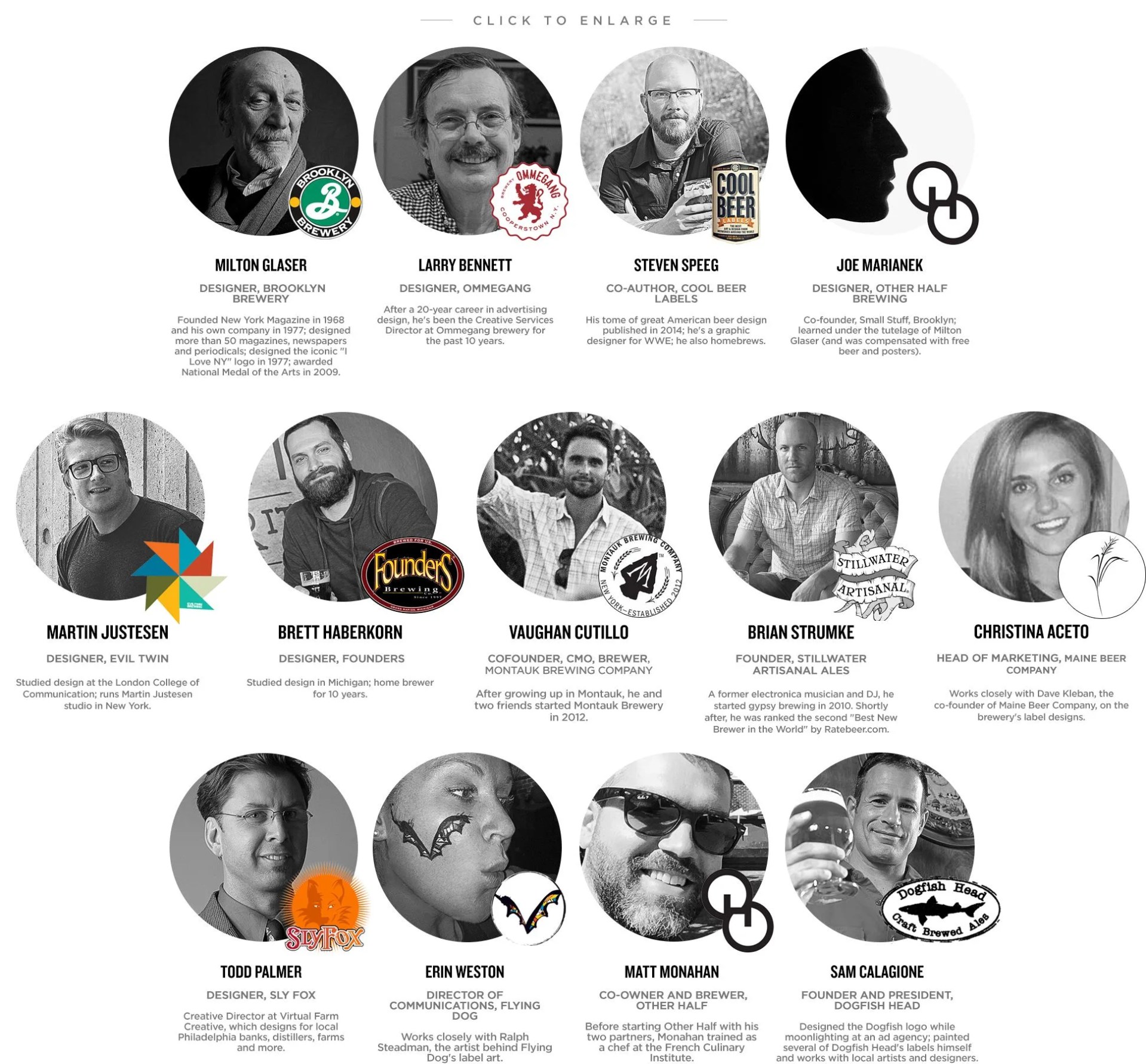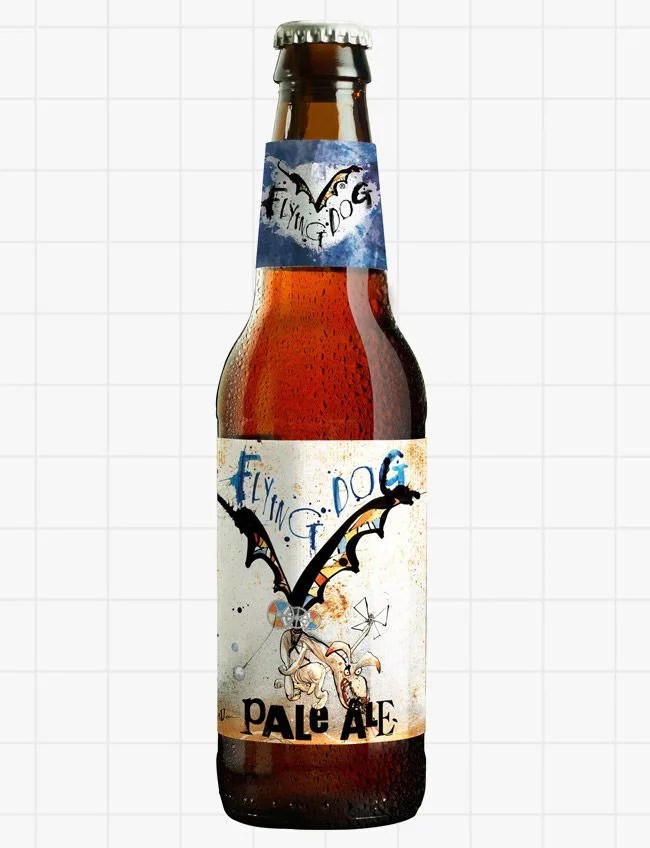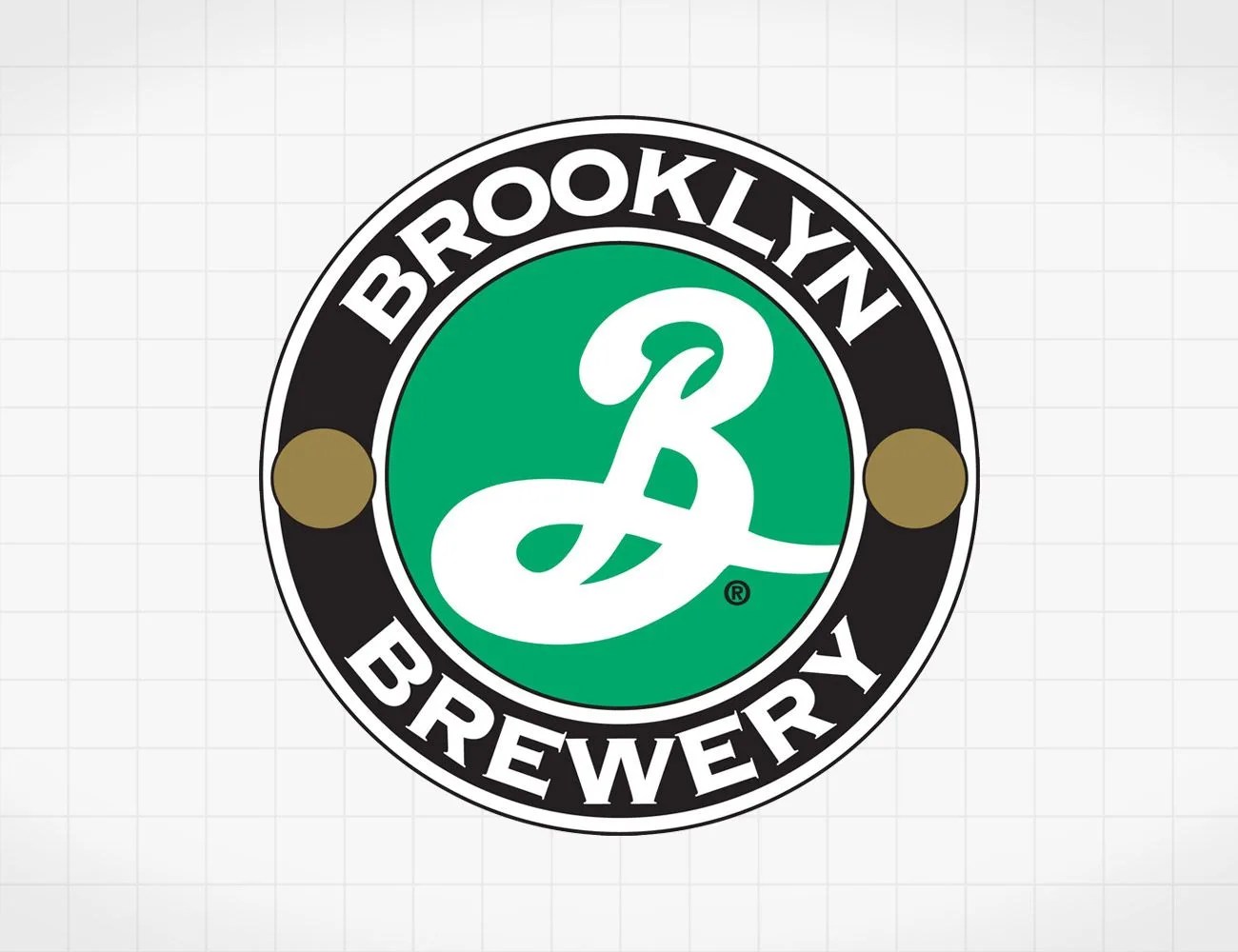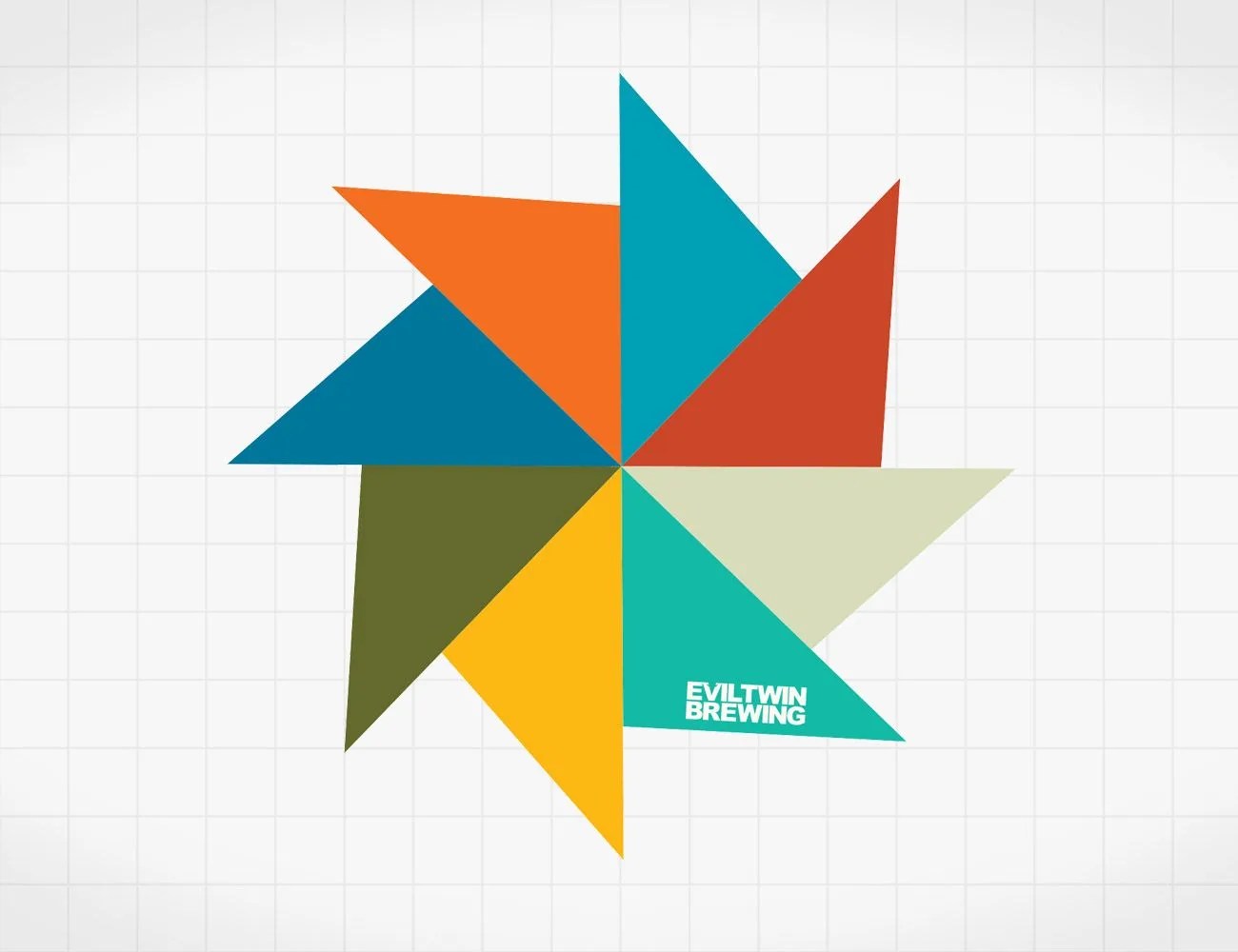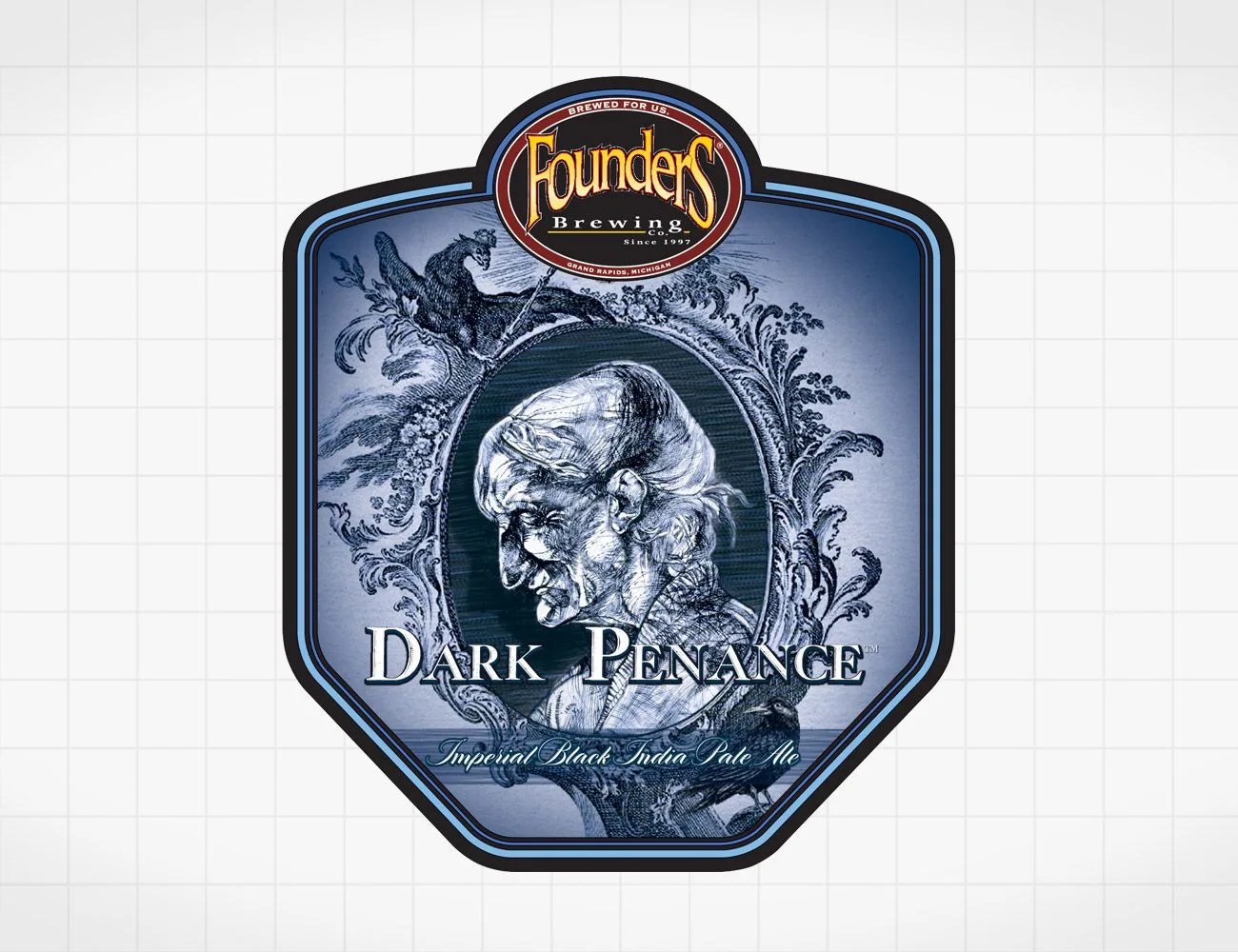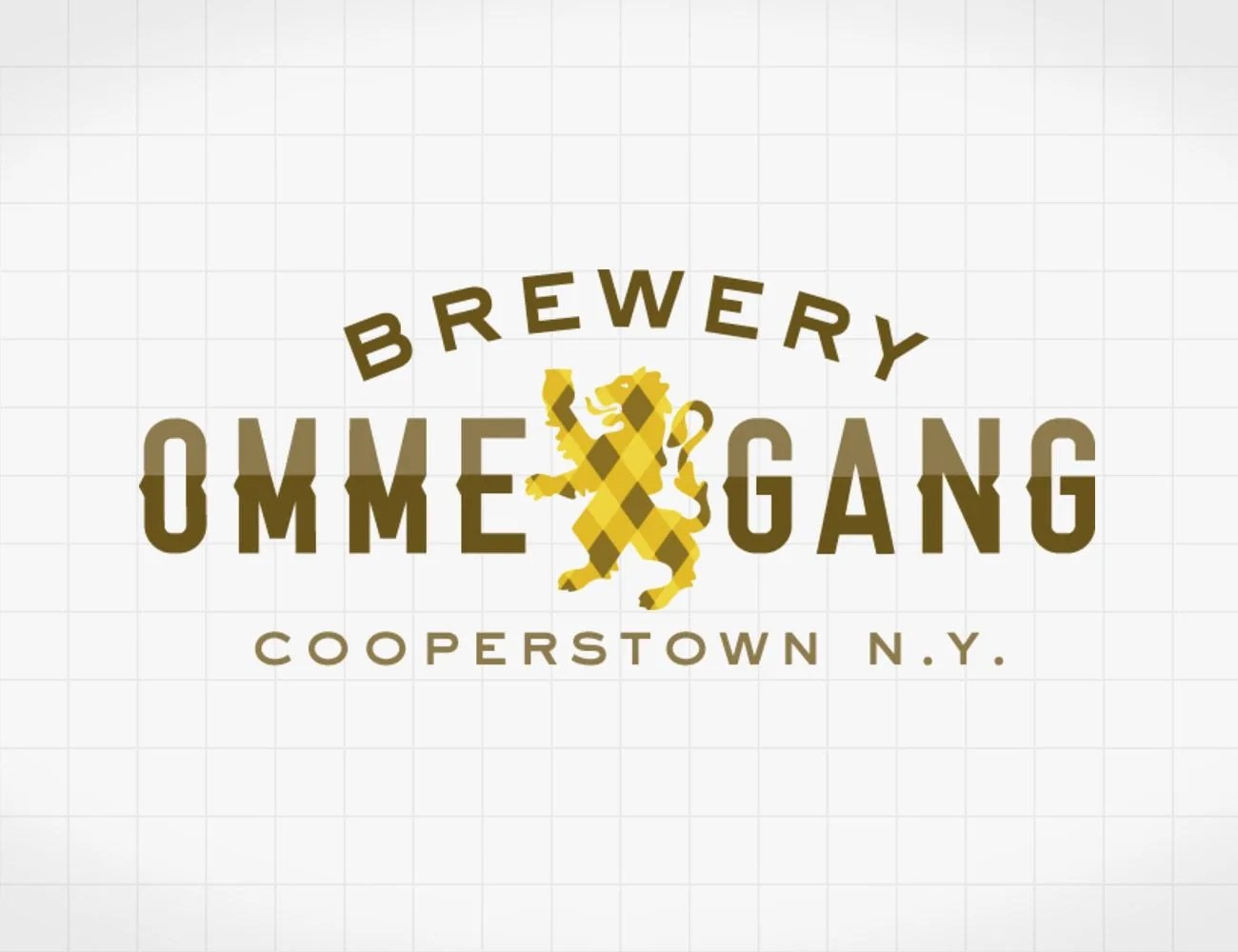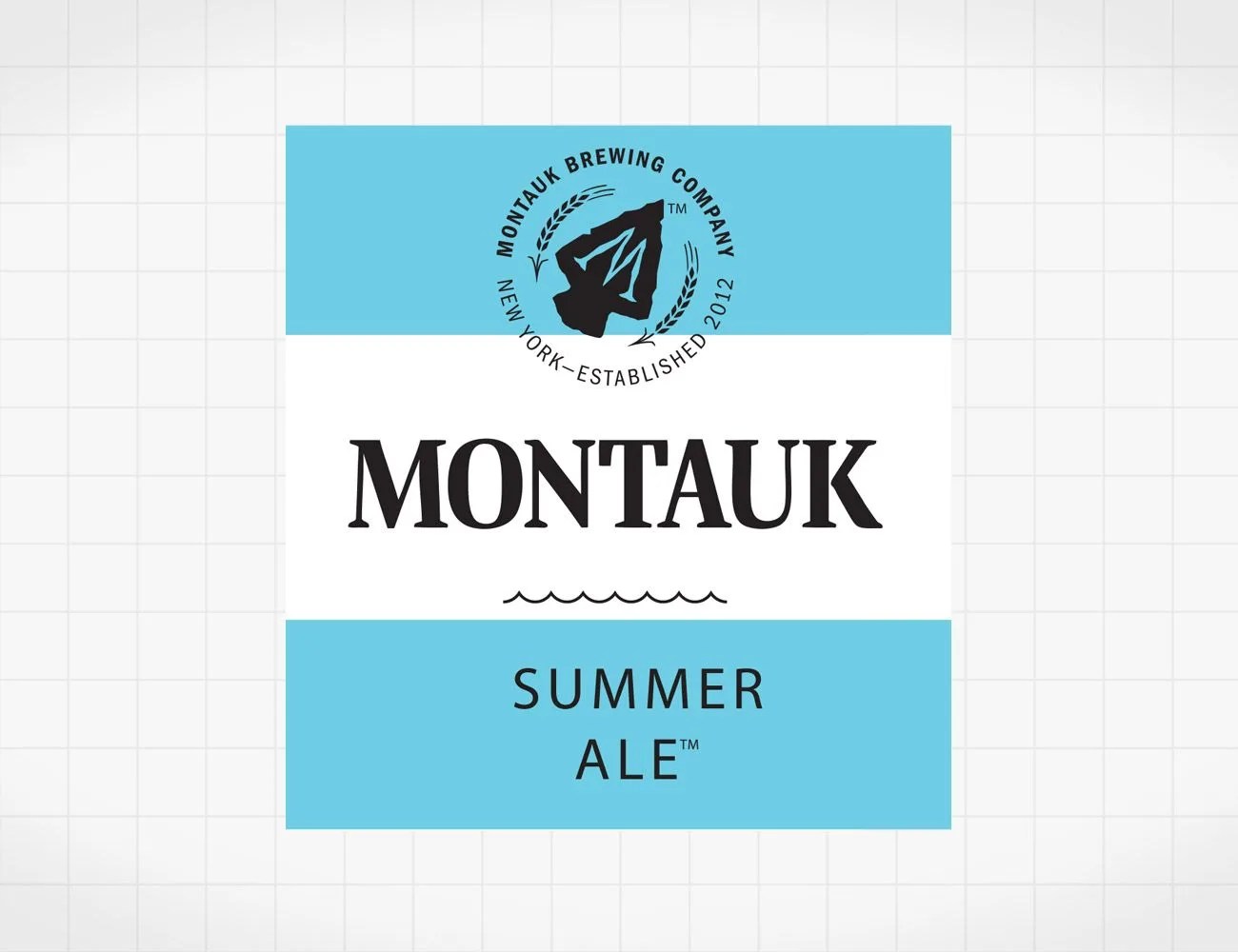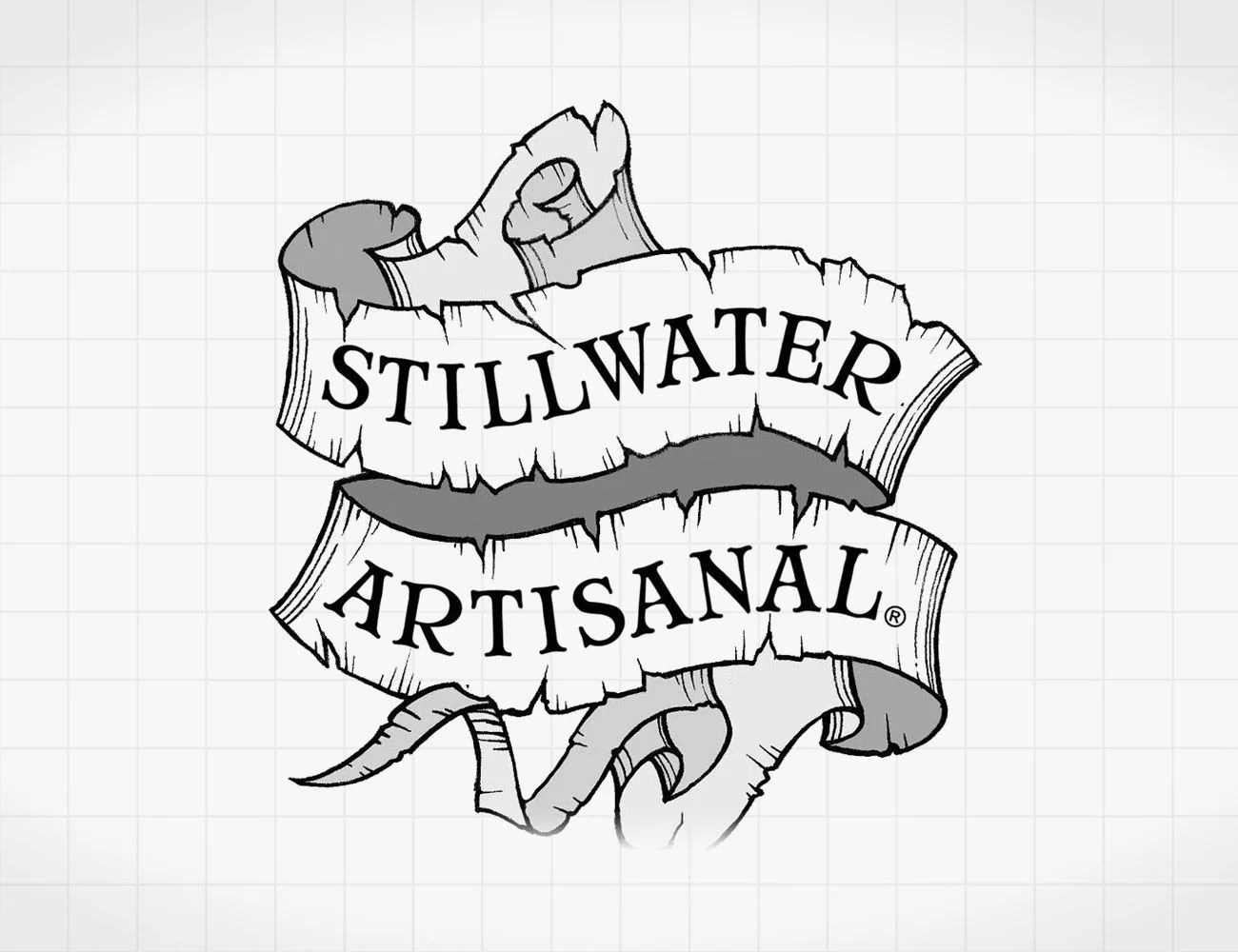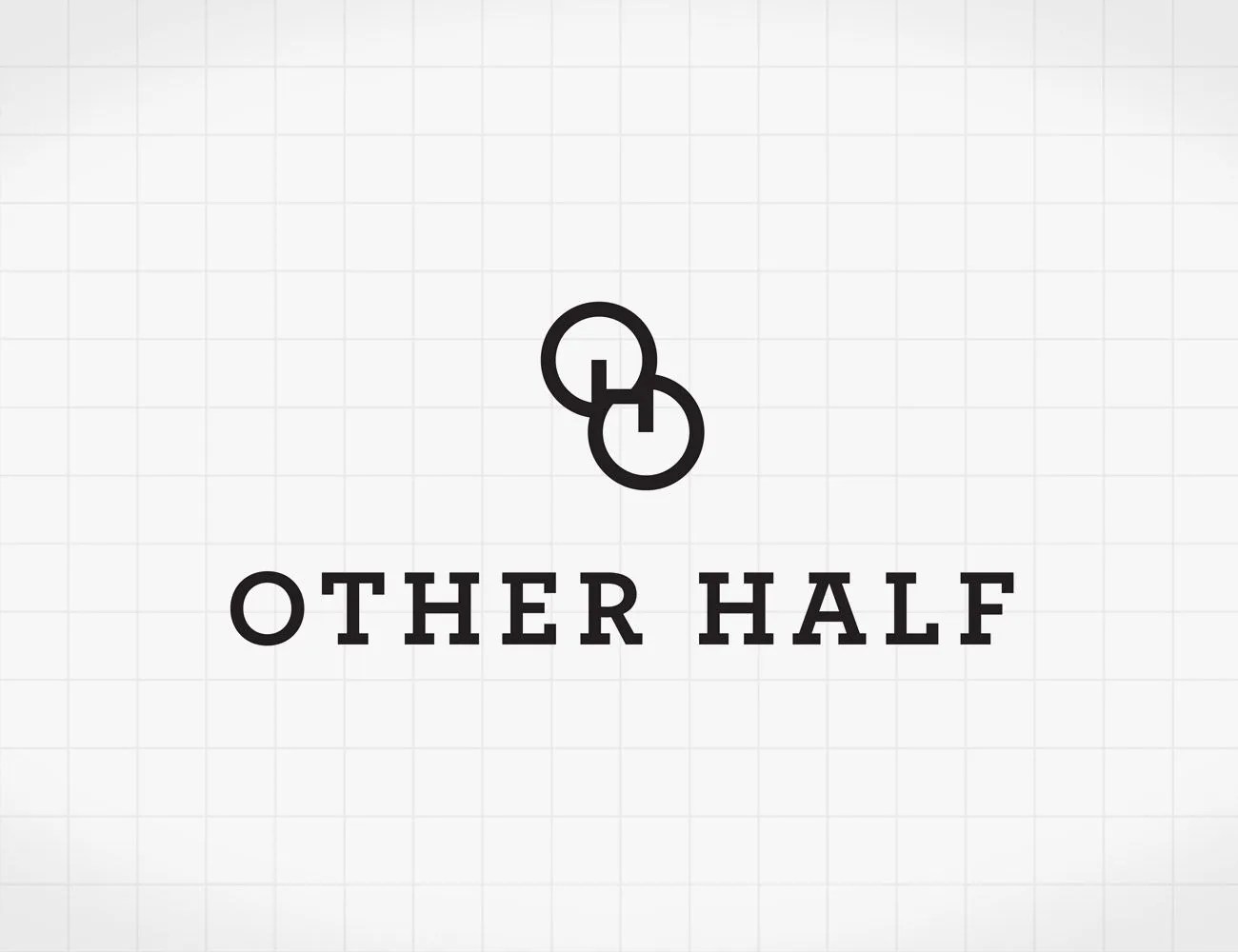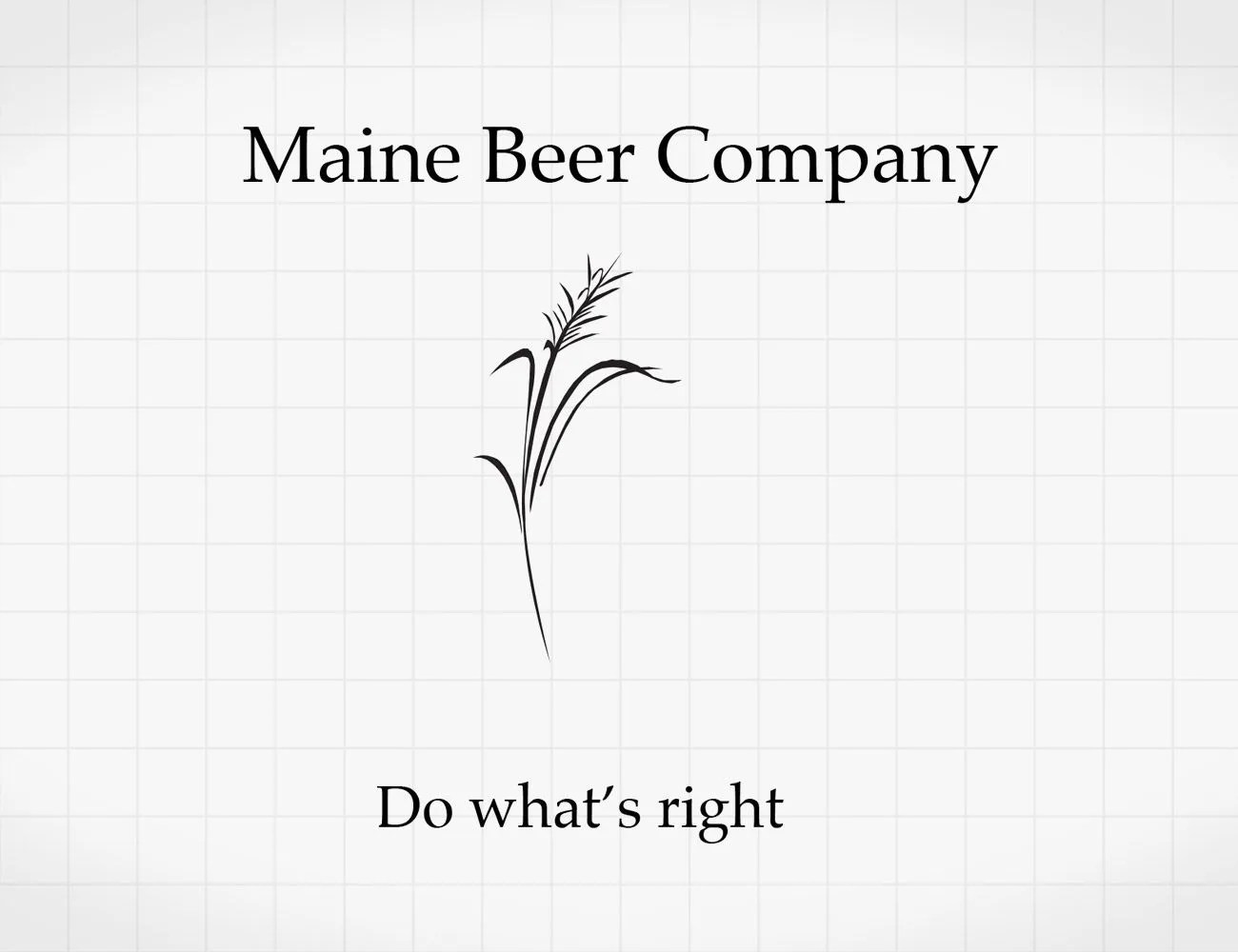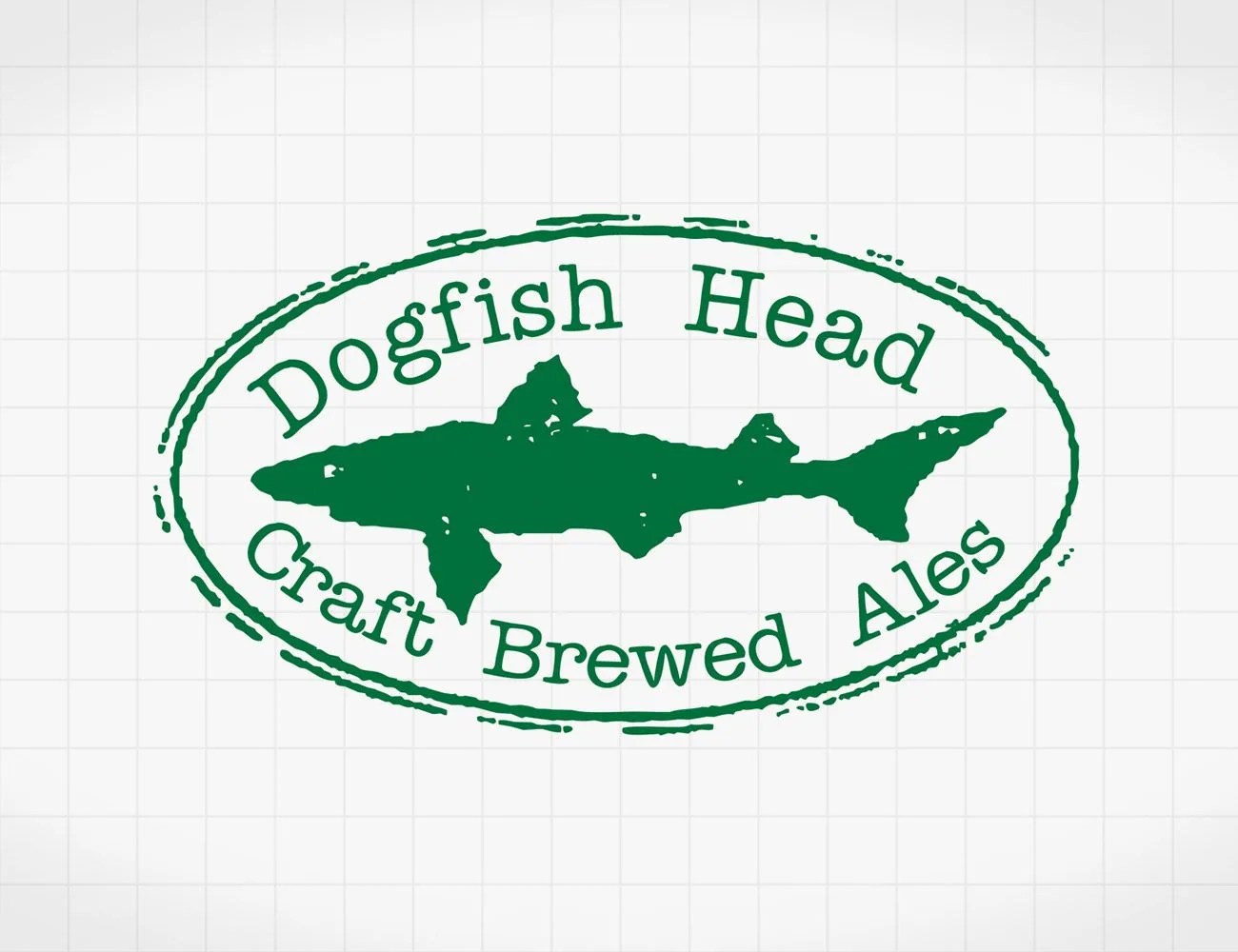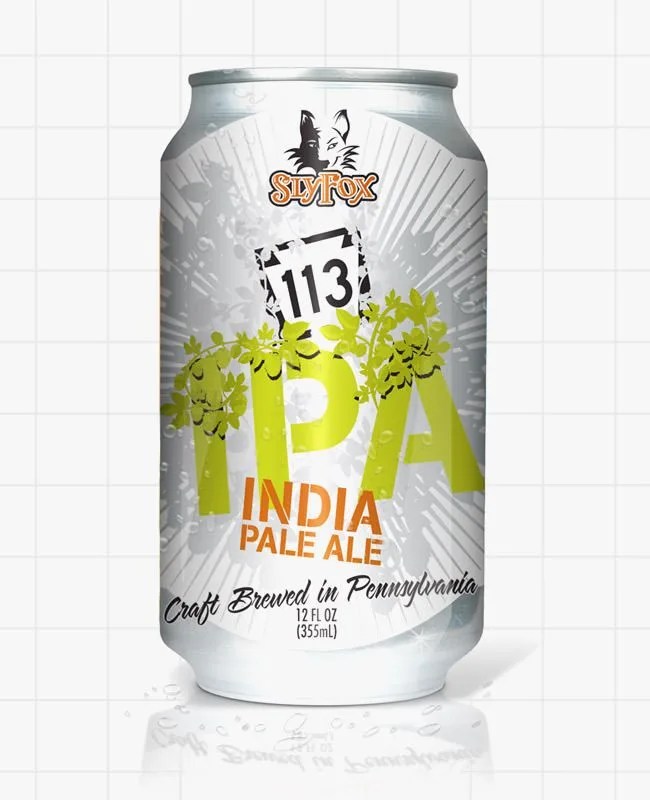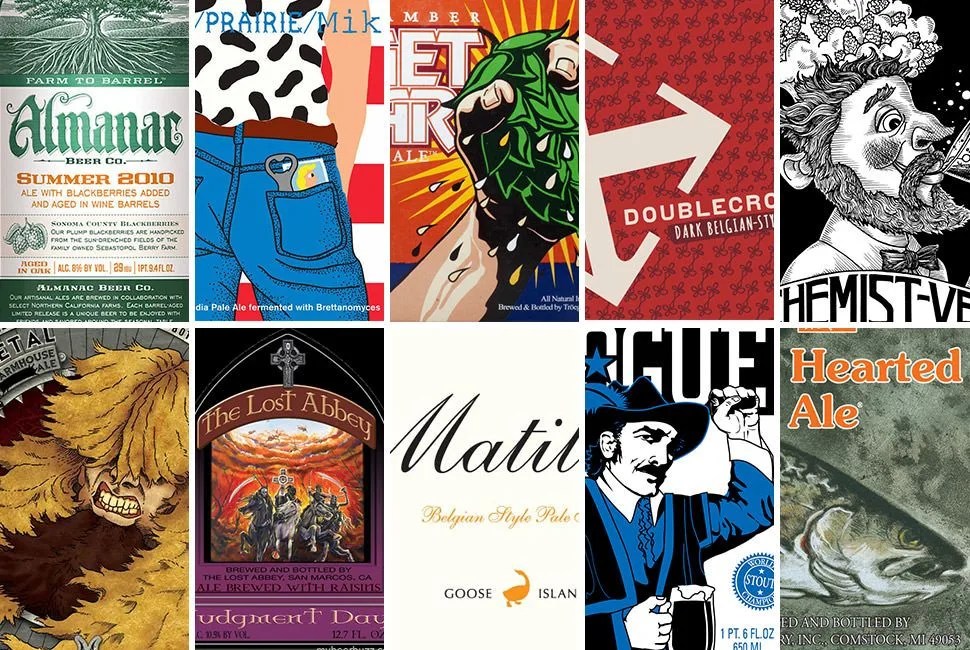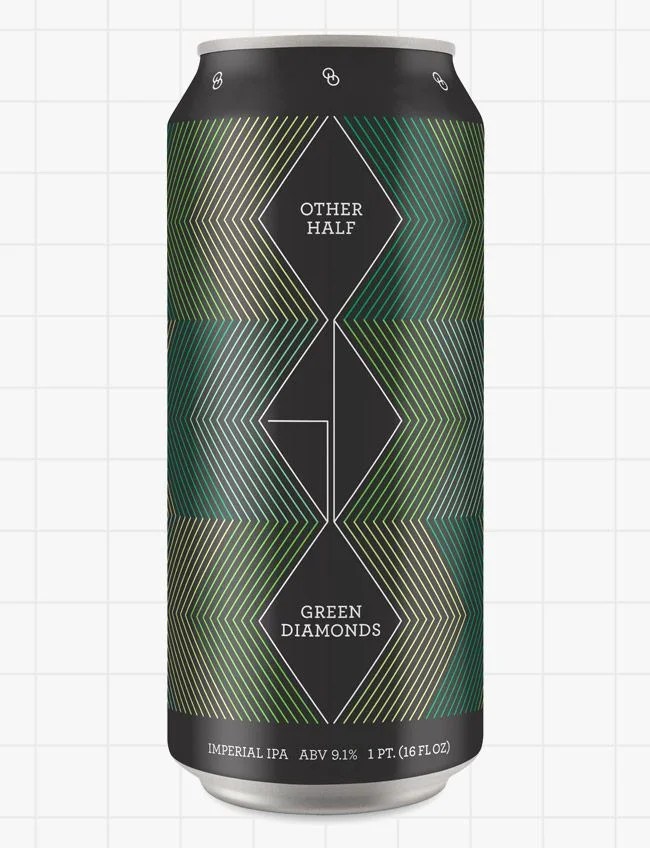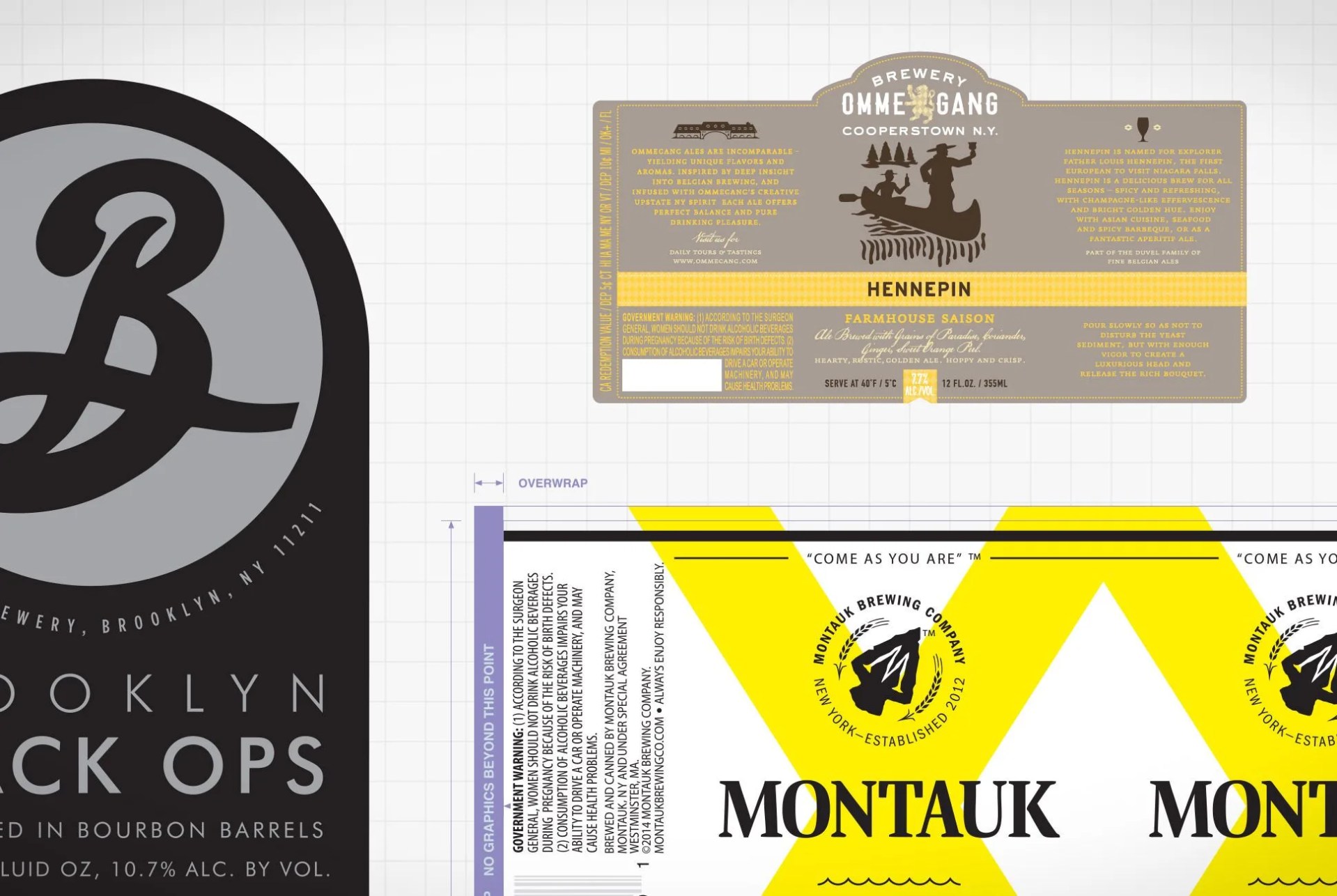Behind the frosted glass at your local bottle store stands an unorthodox display of modern art. You’ve slugged back its muse for years, popped its logoed caps to get at what’s considered the star of the show: the beer inside. But chances are you’ve never turned your passion to the vast exhibition standing in neat, chilled rows — the labels and designs on the cans and bottles themselves.
At their worst, craft beer labels can be confusing and thoughtlessly attention-grabbing, colorful collages splayed onto a bottle with amateur skill. But at their best, they’re thoughtful and thought-provoking, catchy and beautiful — eloquent and imaginative translations of the complex liquids inside the can or bottle. And as craft beer becomes more paradigm than upstart, beer labeling and design has morphed into one of the main sources of and venues for its inspiration and creativity.
Just like the craft beer business, labeling art and design have experienced massive changes in the past several years. “Everybody is trying so many things to differentiate themselves”, said Larry Bennett, who’s been Creative Services Directer at Ommegang Brewery in Cooperstown, New York for over 10 years. The increased competition within the craft beer market — there are now nearly 3,000 craft breweries in the US, with more than $14.3 billion up for grabs — has inspired brewers and marketers to put more thought (and money) into the look and feel of their beers’ packaging, rather than just the beer itself.
yeah
“These beers tend to have a fairly good margin to them… The cost of packaging is, well, not even remotely close to being ignored”, Bennet said. “It is a sort of a given for these beers: you have to spend some time, money, and effort on the packaging.”
With this design boom comes a desire to look behind the curtain at the people involved: creators, artists, designers and brewers. When The New York Times asked Milton Glaser, a design legend and the man behind the iconic Brooklyn Brewery identity, to critique a set of prominent labels, his review went viral.
In that story, Glaser explained that his theory of design was “the creation of affection” — though “affection” was not a good term for his feelings toward some of the other labels. Drinkers also have strong opinions on the matter. Empty, one man’s trash can be another man’s treasure, washed out and stored on the mantle with pride. (Two close friends, both beer aficionados, unleash their inner litigators when the topic of Maine Beer Company‘s austere labels come up.) That’s another wonderful part of craft beer design and artistry: its divisiveness is only heightened by its subjectivity. This makes a good label the perfect pairing for a good beer, more than any burger or porch rocker, because craft beer is about social enjoyment, good company and good conversation.
At their best, craft beer labels are thoughtful and thought-provoking, catchy and beautiful — eloquent and imaginative translations of the complex liquids inside the can or bottle.
In fact, design has more effect on the end product than most drinkers realize; more and more, the design side of craft beer is influencing brewers and breweries, leading the beer’s style and intent at an early stage rather than the other way around. And canvass your friends: how much do their favorite beers correspond to their favorite labelling? (Answer: a lot.)

